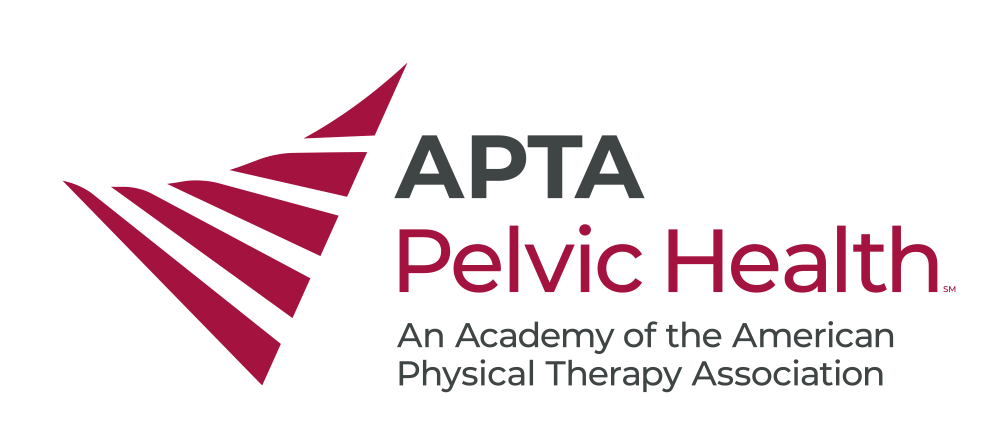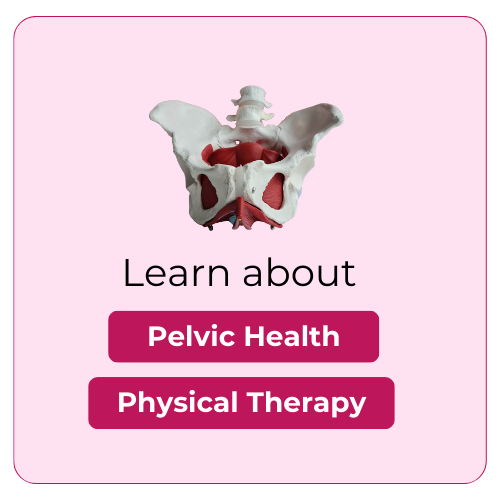The “Girl Move” Effect
Why Me? Why Now?
As I step into my career as a newly graduated physical therapist, I find myself increasingly drawn to understanding healthcare policies, improving accessibility to women’s health resources, and addressing the tragic rise in maternal mortality rates among Black women in America. The CDC reported in 2022 that the maternal mortality rate for Black women was 49.5 deaths per 100,000 live births, significantly higher than the rates for White (19.0), Hispanic (16.9), and Asian (13.2) women.
We’re still asking, “Why me? Why now?” Why are Black women dying at such alarmingly higher rates? What is being done to address this disparity?
My passion for women’s health and pelvic floor therapy stems from my daily encounters with patients, particularly Black women aged 30–45, who face overwhelming internal and external stressors. Many struggle to prioritize their health, often placing self-care on the back burner due to their roles as high-stress professionals, matriarchs, or single mothers. I see the patterns and trends—it all boils down to advocacy, education, and access to resources. How can I encourage movement and the positive effects of exercise when these women feel they lack the time, energy, or voice to advocate for themselves?
I want to embark on a career path that empowers women to embrace “The Girl Move” Effect: a mindset shift where health becomes non-negotiable, and movement becomes an essential, lifelong habit. My goal is to better serve pelvic floor patients and bridge the gap, showing that movement doesn’t have to end when physical therapy does.
Marrying Pelvic Floor Therapy + Orthopedics
Here are three key lessons I’ve embraced from my time so far as a physical therapist that inform my current practice:
1. Anatomy 101: The Power of Understanding Your Body
Educating patients about their anatomy is foundational. For pelvic floor patients, it’s crucial to identify which muscles are overactive or underactive. During sessions, I consistently explain which exercises target specific muscles and how they align with the patient’s goals. This education empowers my patients to take ownership of their recovery and build confidence in their bodies. During sessions, I am consistently explaining which exercises are focusing on specific muscle groups, and ensuring I am pairing this to target a patient’s initial goals.
2. Progressive Loading: Building Strength Over Time
When channeling The “Girl Move” Effect let’s talk about loading muscles tissues appropriately. Strength training isn’t impermissible in pelvic floor therapy. To strengthen pelvic muscles, we need to incorporate isometric, isotonic, and eccentric loading exercises. I emphasize that Accountability + Consistency = Results and remind my patients that visible strength gains often take 6–8 weeks of consistent effort. Progressive loading ensures steady improvement and helps patients build resilience, both physically and mentally.
3. Overcoming Gym Anxiety
Many of my patients feel intimidated by the gym. I encourage them to start small—purchasing simple equipment for home use or easing back into gym routines. As they gain confidence in clinic exercises, I introduce new challenges, such as gym machines or heavier weights. Seeing their progress sparks a shift in mindset, and they begin to view the gym as a place of possibility rather than fear.
The Elephant in the Room: Psychosocial Stressors
Many of my patients face psychosocial stressors that directly impact their ability to prioritize health. Addressing these challenges is a critical part of the “Girl Move” Effect:
Work Stressors
Employers must value personal time for medical appointments, including physical and psychological therapy. Adequate maternity leave, flexible work accommodations, and respect for health-related time off are essential for fostering a culture of well-being.
Relationship Stressors
Spirituality can play a positive role in women’s health. Research conducted in Iran by Rakhshani et al. highlights that higher levels of spiritual health correlate with lower stress and anxiety.2 Practices like prayer and seeking divine assistance were linked to lower depression levels in a sample of Iranian women.2 Finding similar culturally relevant outlets could be a valuable resource for Black women navigating health challenges. This can involve life groups at church, work socials allowing spiritual diversity discussions, and spiritual leaders tackling the difficult controversial conversations of women’s health in America.
Motherhood Stressors
Postpartum depression is real, and it disproportionately affects Black women. Research by Cheryl Beck shows that Black women often turn to informal support systems like family or church rather than seeking professional help.3 While these strategies are valuable, unresolved postpartum depression can escalate to severe outcomes, including suicidal thoughts. Beck also identifies barriers to professional treatment for women of color, such as distrust of healthcare providers, transportation challenges, and time constraints—factors that are deeply embedded in systemic inequities.3
Moving Forward
The “Girl Move” Effect isn’t just about physical movement—it’s a movement of advocacy, empowerment, and mindset shifts. By educating patients, addressing systemic barriers, and creating a culture of self-care, we can pave the way for healthier, more resilient Black women.
Movement is more than an exercise—it’s a lifelong partnership. Let’s build a world where prioritizing health and wellness isn’t a luxury but a standard.
References:
- Maternal mortality rates in the United States, 2022. Centers for Disease Control and Prevention. May 2, 2024. Accessed December 29, 2024. https://www.cdc.gov/nchs/data/hestat/maternal-mortality/2022/maternal-mortality-rates-2022.htm#:~:text=In%202022%2C%20the%20maternal%20mortality,and%20Asian%20(13.2)%20women.
- Rakhshani T, Saeedi P, Kashfi SM, Bazrafkan L, Kamyab A, Khani Jeihooni A. The relationship between spiritual health, quality of life, stress, anxiety and depression in working women. Front Public Health. 2024;12:1366230. Published 2024 Aug 29. doi:10.3389/fpubh.2024.1366230
- Beck CT. Experiences of Postpartum Depression in Women of Color. MCN Am J Matern Child Nurs. 2023;48(2):88-95. doi:10.1097/NMC.0000000000000889

Author: Gabrielle Chaney PT, DPT, LAT, ATC, 2024 APTA Pelvic Health & NABPT Scholarship Recipient
Author Bio: My name is Gabrielle Chaney, and I am a recent graduate of The University of North Texas Health Science Center at Fort Worth, Class of 2024. I am thrilled to be starting my career with a sports physical therapy residency program at Houston Methodist Sugarland. Throughout my journey, I’ve cultivated a deep passion for women’s health, particularly in sports and pelvic floor therapy. My goal is to create a space in my career where these two specialties intertwine, empowering women of all ages to prioritize their pelvic health, listen to their bodies, and embrace movement as a lifelong partnership.
Instagram: @gab_chaney


